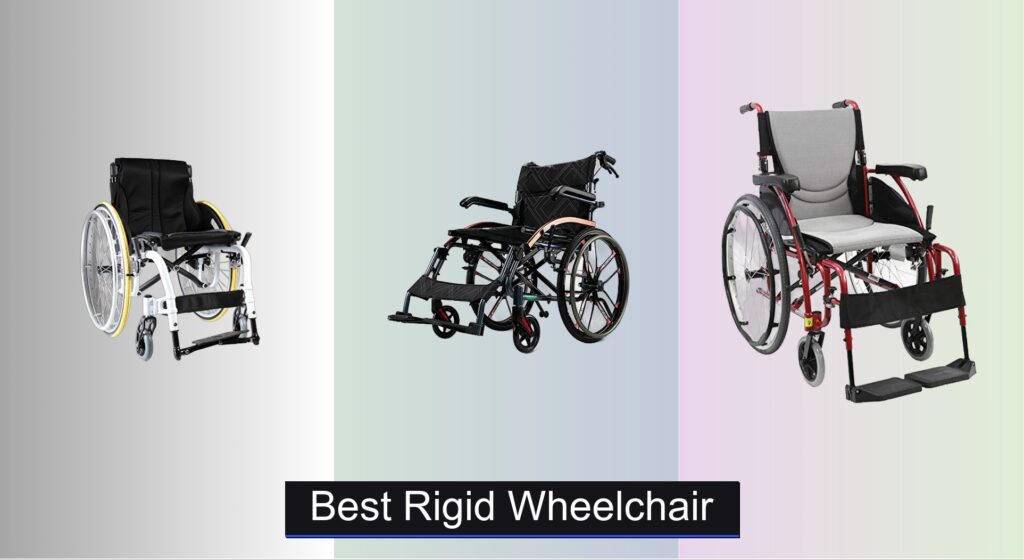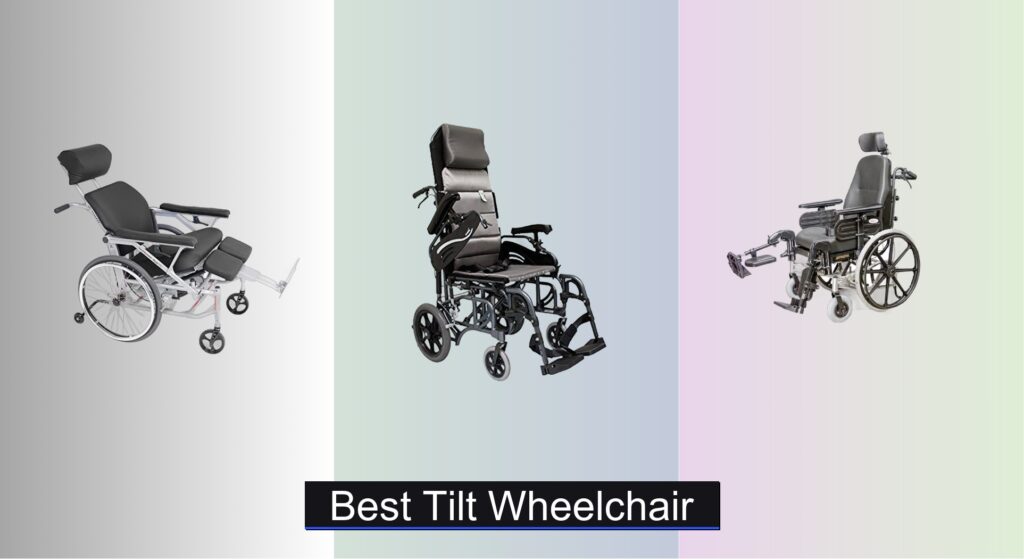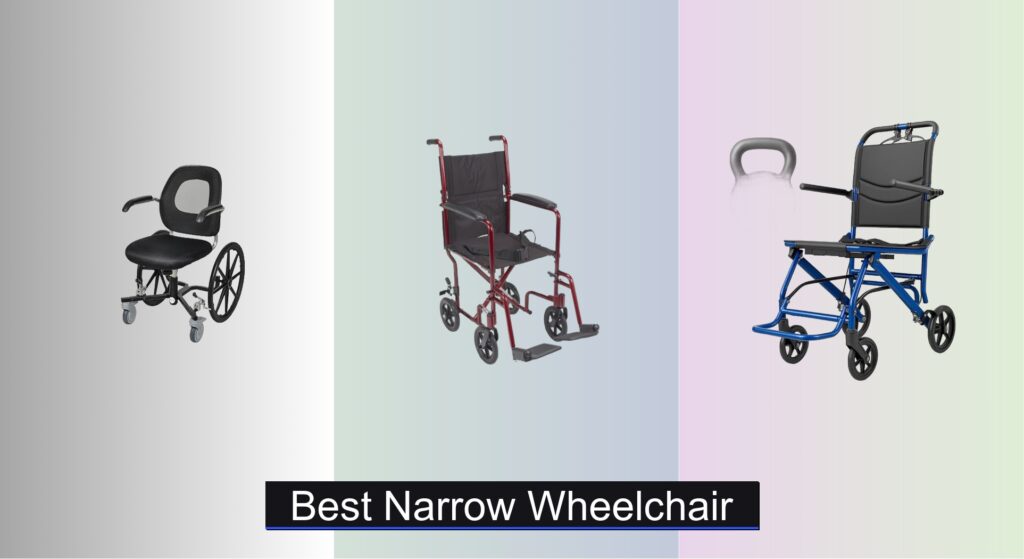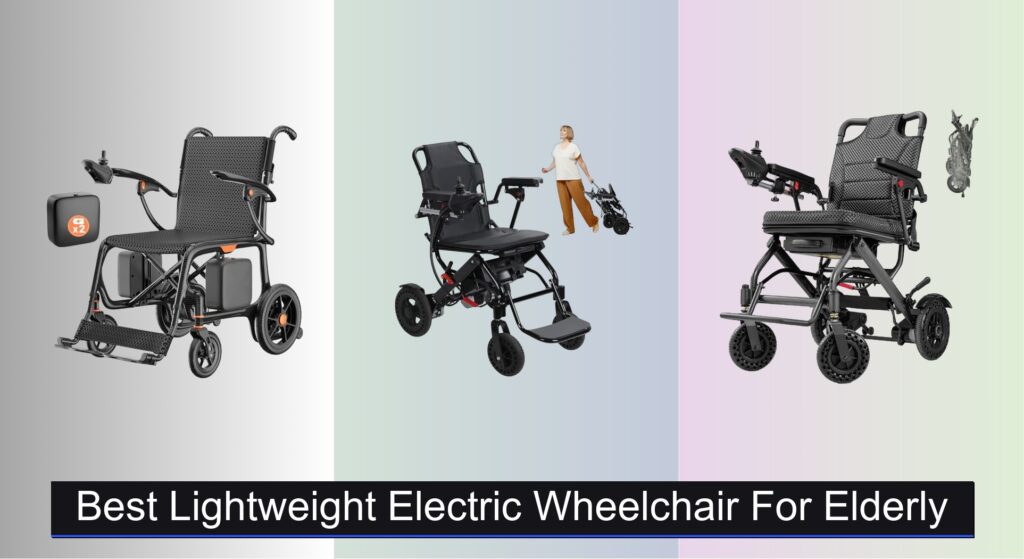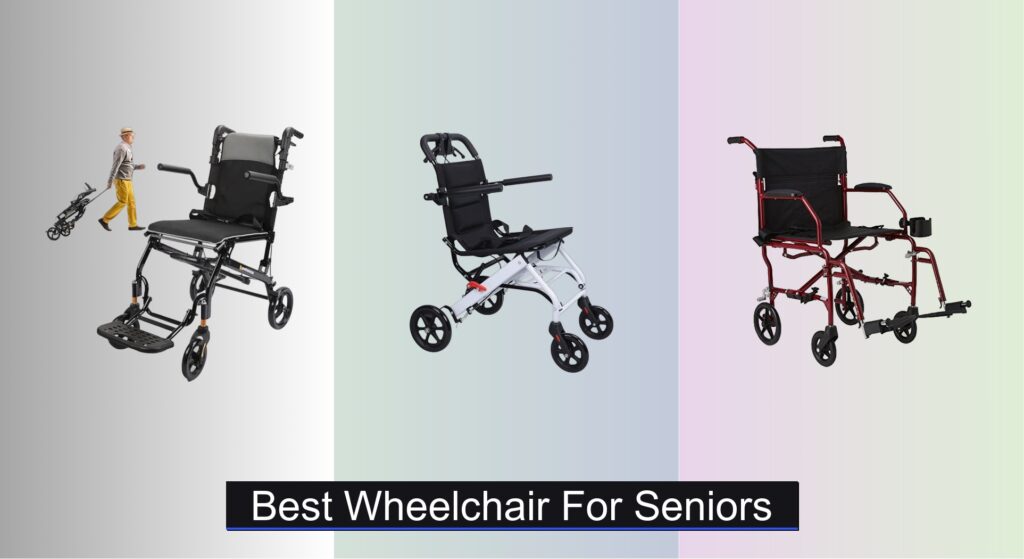For active wheelchair users, finding the right balance between lightweight design, durability, and everyday usability is a constant challenge. Folding wheelchairs often sacrifice performance for portability, while heavier models can be tiring to propel or transport. The best rigid wheelchair changes this equation—offering superior efficiency, responsiveness, and a smoother ride—making it ideal for those who prioritize independence and mobility.
We analyzed over 40 models, focusing on weight, frame material, ergonomics, and real-world user feedback to identify the top performers. Key considerations included aluminum vs. magnesium frames, maneuverability, seat comfort, and ease of transport. Below are our top picks for the best rigid wheelchair to fit a range of lifestyles and needs.
Best Options at a Glance

Karman Ultra Lightweight Wheelchair
Best Overall
- 15.4 lbs
- Removable/washable
- Ergonomic S-shape
- Flip back tubular
- Fixed adjustable

Magnesium Alloy Travel Wheelchair
Best Budget Friendly
- 26 lbs
- 250 lbs
- 18″W x 16.5″D
- 29″L x 14″W x 30″H
- 20″


Drive Lightweight Sports Wheelchair
Best for Active Use
- Solid pneumatic
- Manual parking
- Aluminum alloy
- Oxford cloth
- Adjustable

Best Rigid Wheelchair Review
How to Choose the Right Rigid Wheelchair
Understanding Your Needs & Wheelchair Types
Rigid wheelchairs offer a more responsive and efficient experience compared to folding models, making them popular among active users. However, the “right” rigid wheelchair depends heavily on your lifestyle, physical capabilities, and intended use. Before diving into features, honestly assess how and where you’ll primarily use the chair. Will it be for daily commuting, sports, or primarily indoor maneuvering? This will guide your decision-making process.
Key Feature: Weight & Frame Material
The weight of a rigid wheelchair significantly impacts maneuverability and portability. Lighter wheelchairs are easier to propel, transport, and navigate tight spaces. Frame material is the primary driver of weight. Magnesium alloy frames (like in the Magnesium Alloy Travel Wheelchair) are exceptionally lightweight, offering excellent portability. However, they may come at a higher price point. Aluminum alloy is a common and more affordable option, offering a good balance of weight and durability. The Karman Ultra Lightweight Wheelchair, for example, boasts a very lightweight frame at 15.4 pounds, ideal for those prioritizing ease of movement. Consider your upper body strength and how often you’ll need to lift or transport the chair. A heavier chair might be manageable if you have assistance or don’t need to lift it frequently.
Key Feature: Ergonomic Design & Comfort
Spending extended periods in a wheelchair requires prioritizing comfort and proper posture. Ergonomic design focuses on supporting your body’s natural alignment. Features like S-shape seating (Karman Ultra Lightweight Wheelchair) and breathable cushions (Karman S-Ergo 115 Wheelchair) distribute pressure evenly, reducing fatigue and discomfort. Adjustable features, such as seat height and angle, and footrest positioning, allow you to customize the chair to your specific needs. Consider a chair with a removable and washable cushion for hygiene and long-term comfort.
Key Feature: Maneuverability & Wheel Size
Maneuverability is crucial, especially for navigating indoor spaces or crowded environments. Wheel size and type play a significant role. Smaller front casters (like the 7″ casters on the Karman S-Ergo 115 Wheelchair) provide greater agility, while larger rear wheels offer better propulsion efficiency and the ability to overcome obstacles. Pneumatic (air-filled) tires provide a smoother ride but require maintenance. Solid tires (found in the Magnesium Alloy Travel Wheelchair) are puncture-proof and low-maintenance but may offer a less comfortable ride on uneven surfaces.
Additional Features to Consider
- Foldability: While rigid wheelchairs aren’t known for compact folding, some models (like the Magnesium Alloy Travel Wheelchair) offer a degree of foldability for easier transport.
- Armrests: Flip-back or removable armrests (Karman Ultra Lightweight Wheelchair) facilitate transfers in and out of the chair.
- Brakes: Ensure the chair has reliable and easily accessible brakes for safety.
- Weight Capacity: Always verify the chair’s weight capacity matches your needs.
- Footrests: Adjustable height and angle footrests contribute to comfort and proper leg positioning.
Rigid Wheelchair Comparison
| Product | Weight | Weight Capacity | Seat Dimensions (W x D) | Foldability | Key Features |
|---|---|---|---|---|---|
| Karman Ultra Lightweight Wheelchair | 15.4 lbs | Not specified | Not specified | Not specified | Lightweight, Removable Cushions, Ergonomic S-Shape Seating, Flip-Back Armrests |
| Magnesium Alloy Travel Wheelchair | 26 lbs | 250 lbs | 18”W x 16.5”D | Highly Foldable (29”W x 28”D x 14”H) | Magnesium Alloy Frame, Compact Folding, Solid Tires, Removable Armrests |
| Karman S-Ergo 115 Wheelchair | 25 lbs (30 lbs w/ footrests) | 250 lbs | 20″W x 17″D | Foldable (27″ wide) | Ultra-Lightweight, Ergonomic Design, Breathable Mesh Cushion, Swing-Away Footrests |
| Drive Lightweight Sports Wheelchair | Not specified | Not specified | Not specified | Not specified | Pneumatic Tires, Manual Parking Brakes, Aluminum Alloy Pedals, Adjustable Seat Belt |
| KMINA PRO Shower Wheelchair | Not specified | 265 lbs | 25″W x 40″L | Not specified | Multifunctional (Shower, Toilet, Evacuation), Self-Propelled, Removable Footrests & Armrests |
How We Evaluated Rigid Wheelchairs
Our recommendations for the best rigid wheelchair are based on a comprehensive analysis of available data, expert opinions, and user feedback. We prioritize objective criteria, moving beyond marketing claims to focus on quantifiable factors impacting performance and user experience.
Data analysis included a comparative assessment of specifications from leading manufacturers – focusing on weight (frame material impact), dimensions, weight capacity, and wheel configurations. We researched independent reviews from wheelchair users, occupational therapists, and rehabilitation specialists, synthesizing common themes regarding comfort, maneuverability, and durability.
We also evaluated rigid wheelchair options based on ergonomic features, such as seat adjustability and cushion quality, correlating these with reported user experiences regarding pressure relief and postural support. Specific models, like the Karman Ultra Lightweight and Magnesium Alloy Travel Wheelchairs, were analyzed against these criteria, alongside scrutiny of their component quality and warranty offerings. While direct physical testing wasn’t feasible across all models, we utilized detailed product specifications and video demonstrations to assess build quality and functionality. This data-driven approach ensures our selections represent the most practical and reliable options for active wheelchair users.
FAQs
What are the main benefits of a rigid wheelchair?
A rigid wheelchair offers superior responsiveness and efficiency compared to folding models. This translates to easier propulsion, better maneuverability, and reduced energy expenditure, making it ideal for active users and daily use.
How does frame material impact a rigid wheelchair’s performance?
The frame material significantly affects the weight of the wheelchair. Magnesium alloy is incredibly lightweight, enhancing portability, while aluminum alloy provides a good balance of weight, durability, and cost, making the best rigid wheelchair option dependent on individual needs.
What features should I look for to maximize comfort in a rigid wheelchair?
Prioritize ergonomic design features like S-shape seating and breathable cushions to distribute pressure evenly and maintain proper posture. Adjustable seat height, angle, and footrest positioning are also crucial for customizing the chair to your body and maximizing comfort during extended use.
How do I choose the right wheel size for my rigid wheelchair?
Smaller front casters enhance maneuverability in tight spaces, while larger rear wheels improve propulsion efficiency and obstacle-crossing ability. Consider your primary usage environment – indoor or outdoor – when selecting the appropriate wheel size for your rigid wheelchair.
The Bottom Line
Choosing the best rigid wheelchair requires careful consideration of your individual needs and lifestyle. By understanding the impact of features like frame material, ergonomic design, and wheel size, you can narrow down your options and find a chair that optimizes your mobility and comfort.
Ultimately, a well-chosen rigid wheelchair empowers you to live a more active and independent life. Don’t hesitate to consult with healthcare professionals and explore different models to ensure a perfect fit – investing in the right chair is an investment in your well-being.

